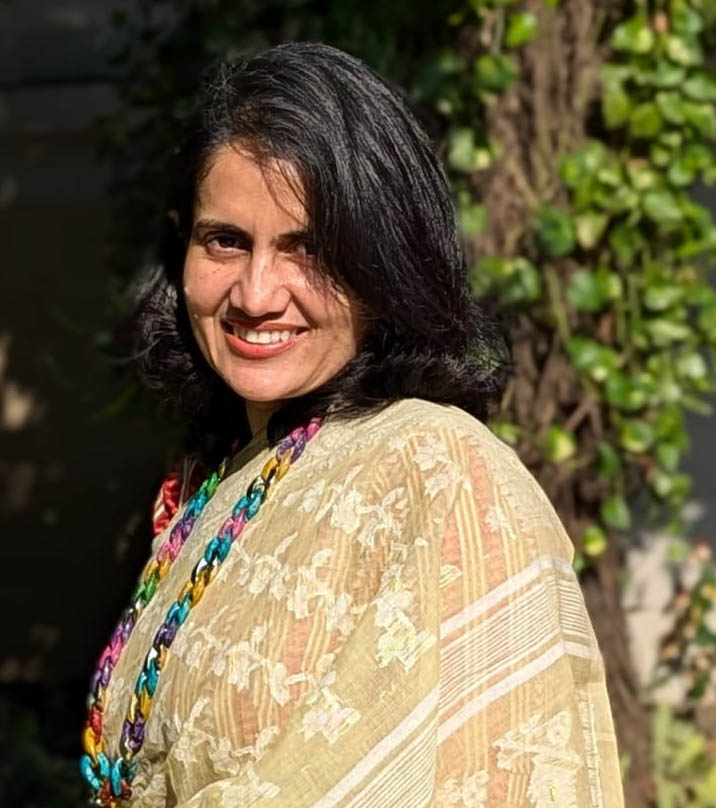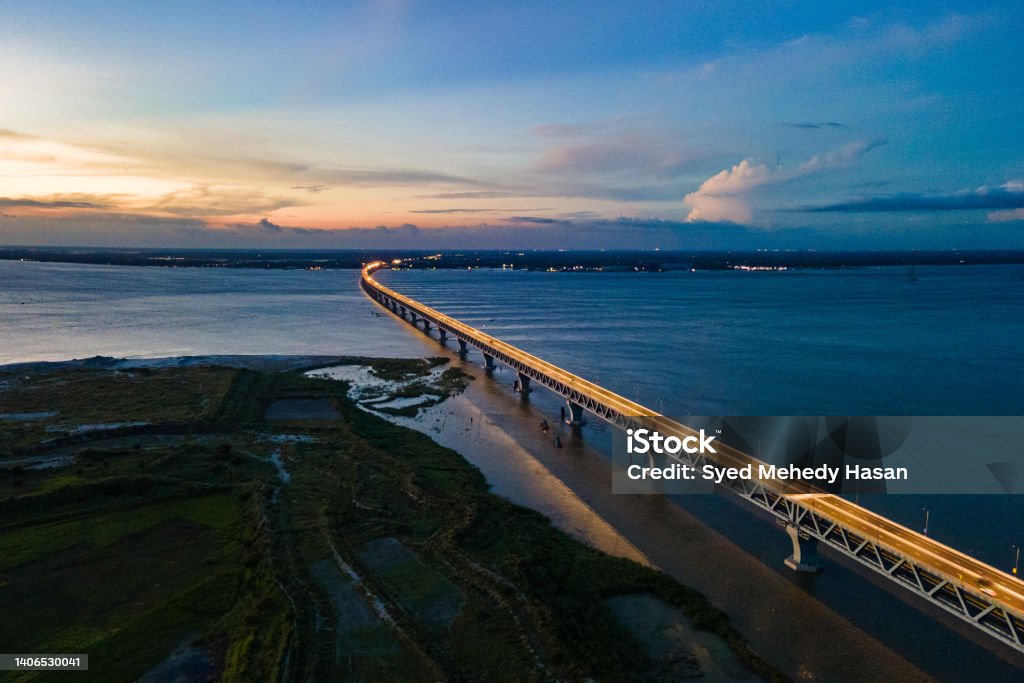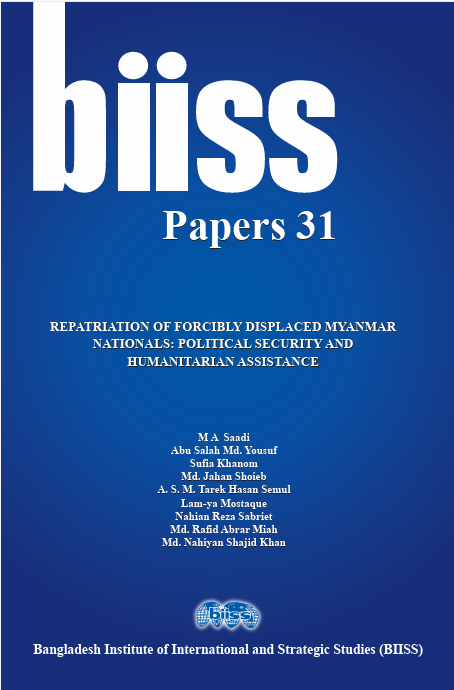Over the last decade, South Asian nations have witnessed a complex political transition marked by crucial upheavals. Afghanistan, Sri Lanka, the Maldives, and most recently, Bangladesh have experienced a substantial political blow, including governance crisis, economic slowdowns, and civil unrest. Addressing these concerns requires concerted efforts and sustainable solutions. To facilitate a collaborative approach and navigate the current challenges in South Asia, the South Asian Association for Regional Cooperation (SAARC) comes to the forefront as a crucial platform. SAARC has been considered a ‘beacon of hope’ for regional integration, cooperation, and development in the South Asian region. Since its inception in 1985, SAARC, through its mandate, has sought to foster a sense of unity and common purpose among its members, with each bringing its unique heritage and aspirations to the collective platform. SAARC’s promise lies in its potential to overcome the challenges that have historically divided the region and build a future characterised by shared prosperity and mutual respect among sovereign states.
However, the journey of SAARC has been wrought with obstacles. Structural inefficiencies, political rivalries, and economic disparities between and among member states have often overshadowed the noble objectives set forth by the founders through its mandate. Persistent Indo-Pak rivalry, coupled with chronic poverty and the influence of external powers, further compounded challenges for this organisation. The April 2025 Pahalgam incident has made the situation even more complex. Global economic downturns exacerbated by the COVID-19 pandemic and large-scale conflicts like the Russo-Ukrainian War and the Israel-Hamas War are also leaving their mark on the region. All these long-standing and newly emergent challenges point strongly towards an urgency for a robust and effective mechanism for regional cooperation.
Despite these formidable hurdles, the vision of a united and cooperative South Asia remains more relevant than ever. The inability to hold SAARC summits since 2014 has cast doubt on the organisation’s efficacy, especially when compared to the rising prominence of other regional entities like the Association of Southeast Asian Nations (ASEAN). This study, titled ‘Revival of SAARC: Prospects, Challenges, and Way Forward’, embarks on a comprehensive exploration of SAARC’s current state, identifying key impediments to its progress and offering a roadmap for its revival.
Through meticulous research and insightful analysis, this study delves into structural, strategic, economic, and political barriers that have stymied SAARC’s growth. It highlights the external influences that have shaped the region’s geopolitical landscape, and more crucially, it presents a compelling argument that, despite the odds, SAARC can still emerge as a viable and functional regional organisation. The prerequisite for this transformation, as can be garnered from this paper, is a renewed commitment from member states to overcome their differences and collaborate earnestly towards common goals that they, and SAARC as a whole, share. These common goals include fostering economic prosperity through trade integration and investment, addressing climate change and sustainable development, ensuring food and energy security, reducing poverty and socio-economic disparities. Additionally, promoting peace and stability, tackling non-traditional security challenges like terrorism, enhancing cultural cooperation and people-to-people connectivity remain pivotal.1 Together, these objectives underline SAARC’s potential to unite South Asia around shared aspirations.
This study serves not only as a critical examination of SAARC’s past and present but also as a hopeful blueprint for its future direction. It discusses the need for enhanced cooperation, increased dialogue, and mutual understanding among South Asian nations. I strongly emphasise that the potential benefits of a revitalised SAARC are immense, as it can undoubtedly lead to promising economic growth, social progress, and regional stability. By reading through this monograph, I hope the reader gains a deeper understanding of the complex dynamics at play and the immense potential that lies within SAARC. Let this serve as a call to action for policymakers, scholars, and citizens alike to renew their faith in regional cooperation and to work collectively towards the revitalisation of SAARC. It is only through sustained effort and genuine collaboration that we can hope to realise the vision of a prosperous and peaceful South Asia.






